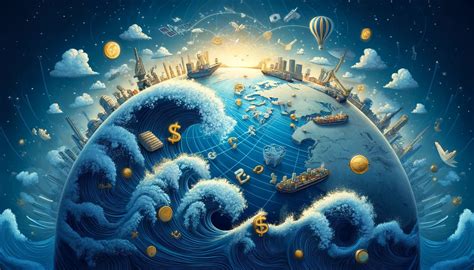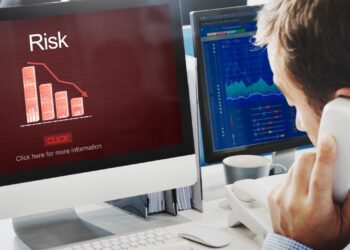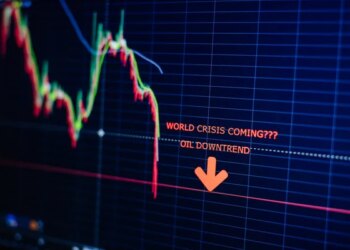We all feel it. It’s the sharp intake of breath at the gas pump, the subtle wince at the grocery store checkout, and the daunting cost of materials for everything from home renovations to new cars. A powerful and invisible economic tide is rising, and it’s lifting the price of nearly every raw material that forms the foundation of our global economy. This isn’t a localized issue or a temporary blip; it is a broad, sustained, and global surge in commodity prices, fueled by a perfect storm of unprecedented uncertainty.
From the energy that powers our homes to the food that feeds our families and the metals that build our future, the cost of essential goods is skyrocketing. This surge is not the result of a single cause but a complex interplay of geopolitical strife, fractured supply chains, rampant inflation, and the monumental demands of a worldwide energy transition. Understanding these interconnected forces is no longer just an exercise for economists and traders; it is essential for every consumer, business owner, and investor trying to navigate this volatile new reality.
This comprehensive analysis will deconstruct the drivers behind the current commodity boom. We will explore the specific pressures convulsing the energy, agricultural, and metals markets, and examine the profound ripple effects this price shock is having across the globe. For those looking to protect their finances and make informed decisions, understanding the ‘why’ behind this surge is the first and most critical step toward finding a path through the uncertainty.
The Perfect Storm: Four Horsemen of the Commodity Surge
The current spike in commodity prices cannot be attributed to a single event. Rather, it is a compounding crisis where multiple powerful global forces have converged, each amplifying the others to create extreme market volatility and a sustained upward price trajectory.
A. Geopolitical Instability and Weaponized Resources The world has entered a new era of geopolitical friction, and commodities have become a central battlefield. Conflicts in critical resource-producing regions have immediate and severe consequences for global supply. The war in Ukraine, for instance, has massively disrupted the global supply of wheat, corn, sunflower oil, and natural gas, as two of the world’s most vital suppliers have been effectively hampered. Sanctions, blockades, and the physical destruction of infrastructure create both real and perceived shortages, sending shockwaves of panic buying through the market. Furthermore, nations are increasingly using their control over key resources—from oil and gas to rare earth metals—as a tool of foreign policy, creating a climate of export controls and resource nationalism that adds a significant risk premium to prices.
B. The Great Supply Chain Dislocation The global supply chain, a marvel of interconnected logistics, was shattered by the COVID-19 pandemic and has yet to fully recover. Initial shutdowns created massive backlogs at ports, warehouses, and manufacturing hubs. While demand roared back, the capacity to produce and transport goods has lagged significantly. We are still seeing the aftershocks: container shortages, insufficient trucking capacity, and strained labor markets. For commodities, this means the cost to extract, process, and transport raw materials has soared. A shipment of copper or grain that once moved seamlessly across the globe now faces delays and dramatically higher freight costs, all of which are baked into the final price.
C. Inflation and the Flight to Hard Assets Decades of relatively low inflation came to an abrupt end as governments pumped massive stimulus into their economies to combat the pandemic-induced slowdown. This flood of liquidity, combined with the supply chain issues mentioned above, created a classic “too much money chasing too few goods” scenario, igniting inflation to levels not seen in a generation. In response, investors and fund managers, seeking to protect their capital from being eroded by inflation, have poured money into “hard assets.” Commodities are the quintessential hard asset. This flight to safety creates a powerful feedback loop: as more investment capital flows into commodity markets as an inflation hedge, it pushes prices even higher, attracting even more investment.
D. Climate Change and Agricultural Havoc The slow-burn crisis of climate change is now having acute and undeniable impacts on agricultural commodity prices. Extreme and unpredictable weather events are the new normal. Historic droughts in the Americas and Europe have withered corn and soybean crops. Widespread flooding in Asia has damaged rice paddies. Unseasonal heatwaves have impacted coffee and cocoa yields. These events are shrinking global harvests, tightening supply, and pushing up the price of basic foodstuffs. The increasing frequency of these climate shocks makes agricultural markets inherently more volatile and adds a long-term upward pressure on food prices.
Deconstructing the Surge: A Sector-by-Sector Crisis
While the drivers are global, the impact is felt uniquely across different commodity sectors. The story of the surge is best told by looking at the specific dynamics within energy, agriculture, and metals.
The Energy Shock: Fueling Global Inflation
Energy is the master commodity; its price affects every other good, as it is the primary cost component in manufacturing and transportation.
- Crude Oil and Natural Gas: The energy market is being squeezed from both sides. On the supply side, years of underinvestment in new oil and gas exploration (partially due to the push for renewables) have constrained production capacity. This has been exacerbated by production cuts from OPEC+ nations seeking to maximize revenue. On the demand side, the global economic rebound from the pandemic has been surprisingly robust, leading to a sharp increase in consumption. The conflict involving Russia, a top-tier energy producer, has further terrified markets, particularly in Europe, which is desperately trying to wean itself off Russian natural gas, leading to unprecedented price spikes for Liquefied Natural Gas (LNG).
The Agricultural Crunch: A Looming Food Crisis
The surge in agricultural prices is arguably the most concerning for global stability, as it directly impacts the cost of living and food security, especially for developing nations.
- Grains and Edible Oils: The blockage of ports in the Black Sea region has removed a massive portion of the world’s wheat and sunflower oil from the market. This has forced major importing countries in Africa and the Middle East to scramble for alternative, more expensive sources.
- The Fertilizer Factor: The production of nitrogen-based fertilizers is an incredibly energy-intensive process that relies heavily on natural gas. With natural gas prices at historic highs, the cost of fertilizer has tripled in some regions. This forces farmers to either use less, resulting in lower crop yields the following season, or pass the enormous cost increase on to consumers, guaranteeing higher food prices in the future.
The Metals Mania: Building the Green Future
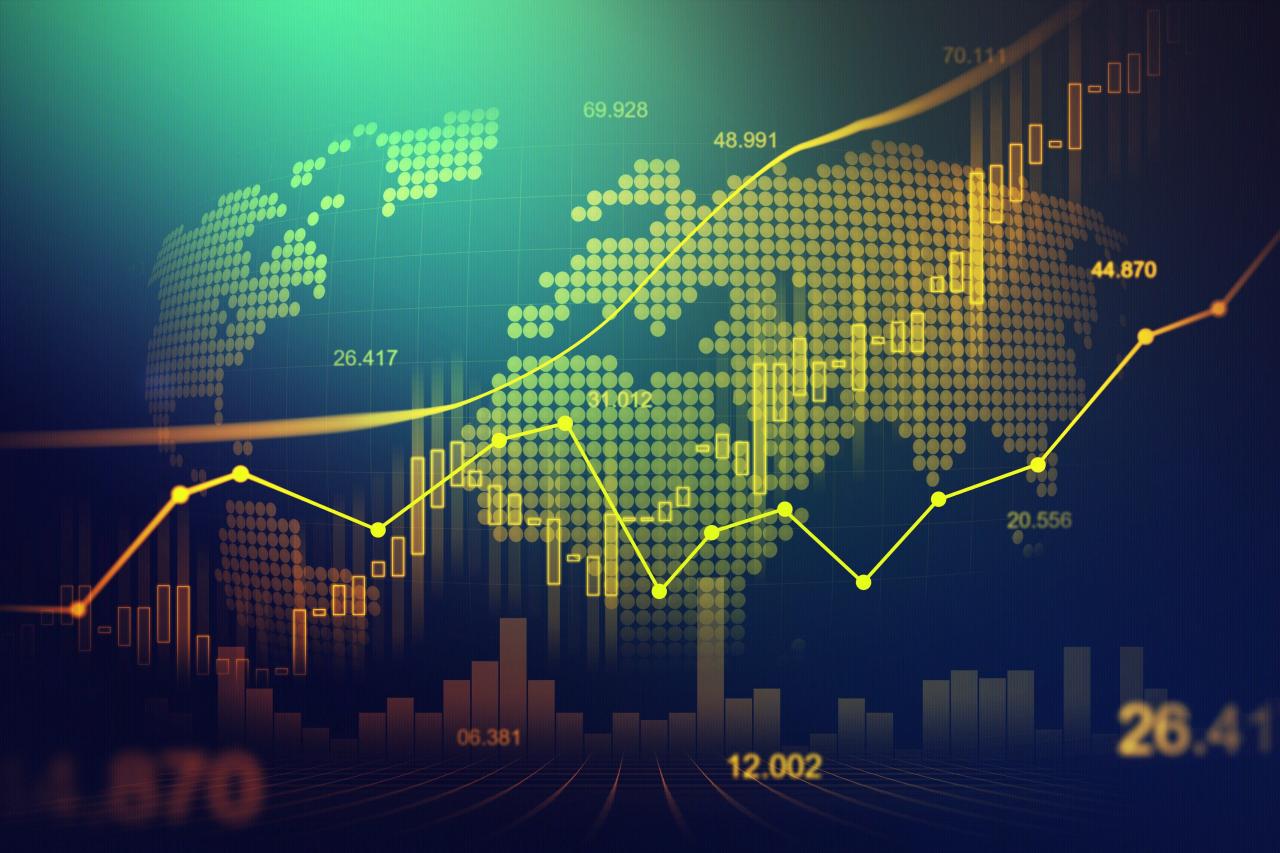
The metals market is a tale of two distinct but related booms: one driven by the future of energy and the other by the uncertainty of the present.
- Industrial Metals (Copper, Lithium, Nickel): A structural, long-term bull market is underway for metals essential to the green energy transition. Copper, the “metal of electrification,” is critical for everything from wind turbines and solar panels to electric vehicle (EV) wiring. Lithium, cobalt, and nickel are the core components of EV batteries. As the world races to decarbonize, the demand for these metals is projected to grow exponentially, while opening new mines is a difficult, expensive, and years-long process. This fundamental supply-demand imbalance is driving prices to record highs.
- Precious Metals (Gold, Silver): In times of high inflation and geopolitical fear, investors have historically turned to precious metals as a safe-haven asset and a store of value. Gold, in particular, thrives on uncertainty. It acts as a form of financial insurance when faith in fiat currencies and governments is shaken. The current environment is a perfect incubator for a gold rally, as investors seek to hedge against both inflation and geopolitical risk.
The Global Ripple Effect: Consequences and Fallout
The commodity price surge is not an abstract economic event; its consequences are being felt in every household and boardroom around the world.
A. The Consumer Squeeze and Cost of Living Crisis: For individuals and families, the most direct impact is a sharp increase in the cost of living. Higher energy prices mean more expensive electricity bills and fuel costs. Higher agricultural prices translate directly to larger grocery bills. This erodes disposable income, forcing difficult choices and disproportionately hurting lower and middle-income households.
B. The Corporate Profit Margin Dilemma: Businesses are facing a massive increase in their input costs. Manufacturers are paying more for raw materials and energy, and service industries are facing higher transportation and utility costs. This leaves them with two choices: absorb the higher costs and accept lower profit margins, or pass the costs on to consumers in the form of higher prices, which further fuels inflation.
C. The Investor’s Conundrum: While commodities have been a winning trade for many, investing in this sector is fraught with risk. The volatility is extreme, and prices can turn sharply on a single geopolitical headline or economic data release. Furthermore, central banks are aggressively raising interest rates to combat inflation. This could eventually slow economic growth and trigger a recession, which would lead to “demand destruction” and a sharp reversal in commodity prices.
D. The Burden on Developing Nations: The most severe impacts are being felt in emerging economies. Many of these nations are net importers of both food and energy. The combination of soaring prices and a strong U.S. dollar (the currency in which most commodities are priced) is creating a devastating economic crisis, leading to food shortages, social unrest, and severe debt problems.
A New Era of Volatility
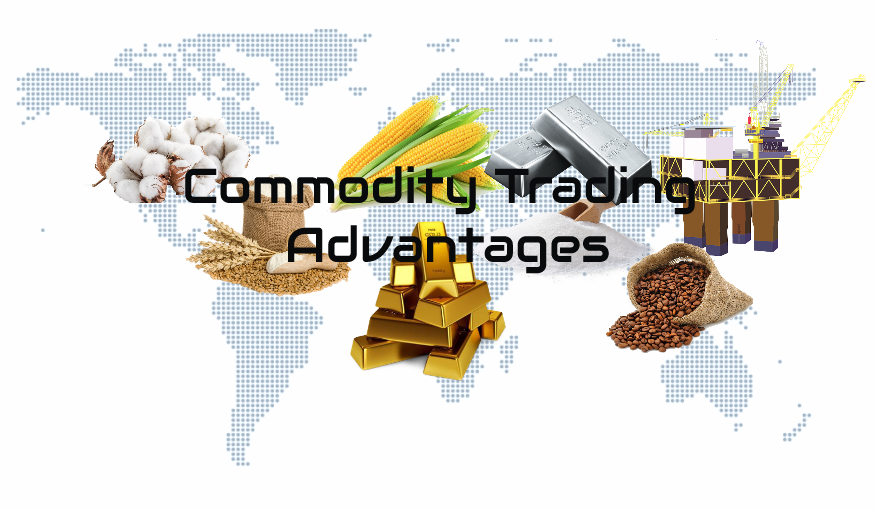
The global surge in commodity prices is more than a temporary price shock; it is a symptom of a world in transition. It reflects the deep-seated challenges of geopolitical realignment, post-pandemic economic realities, and the colossal undertaking of decarbonizing our planet. The era of cheap, easily accessible resources may be behind us.
Navigating this new era will require resilience and strategic adaptation. For governments, it means diversifying supply chains and investing in energy and food security. For businesses, it demands better risk management and a focus on efficiency. And for individuals, it requires a greater awareness of the global forces that shape our everyday costs. The uncertainty is here to stay; the key will be to understand its roots in order to weather the storm.

